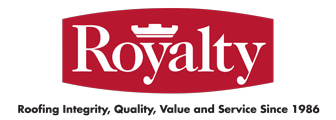Possibility for mold growth
Mold can begin developing within a matter of hours after a roof leak develops. At that point, you can have a serious problem on your hands. Mold can get into walls, underneath floors, above ceilings and into furniture. Mold can cause health problems for people working in the building and visitors. It can be expensive and complex to resolve.
Safety issues
If a commercial roof leak results in puddles of standing water, an employee or guest at your building could slip, fall and become injured. Before that happens, it’s wise to resolve any roof maintenance issues quickly and thoroughly. As the saying goes, better safe than sorry.
Equipment concerns
When the roof leaks, penetrating water can flow virtually anywhere before it emerges within the building. That means it can appear over your expensive production machinery and/or electronics – not to mention desks and inventory. Regardless of whether you repair or replace the damaged items, the job is likely to be costly and challenging.
More complications
Repairing a roof leak promptly can nip potentially more serious problems in the bud and can prevent them from escalating. Conversely, not addressing the problem right away or not taking it seriously can result in more serous roof problems that can be far more costly to repair.
Water that finds its way to the inside of your building isn’t necessarily from a roof leak. Condensation (created when the warm, moist air inside the building contacts a cold roofing surface) and HVAC discharge problems can also be culprits. However, it’s good practice to have your roof professionally inspected for weathertightness regularly. And in between inspections, immediately contact your commercial roofing company if you notice any signs of problems or if a storm has come through your area that could have damaged your roof. Be vigilant about keeping your commercial roof in tip-top shape and making sure it provides your building, contents and occupants with the proper protection.


